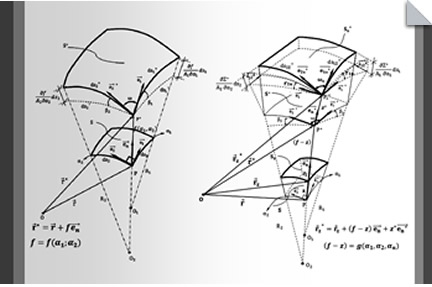Management model for technological innovation in real estate
DOI:
https://doi.org/10.4067/S0718-50732011000300006Keywords:
Management model, technological innovation, tendenciesAbstract
There has not been implemented, in Mexico, a model for the management of technological innovation, which refers to the creation or modification of a product or process in a practical way that is useful to generate economic benefits by introducing the innovation to the market. This has led to isolated and irregular efforts in this area; however, the real state sector has recognized the need to implement such management of technological innovation in order to achieve differentiation. Management of technological innovation must be understood as the process to organize resources in order to create knowledge, processes and products. This article is an effort to implement a Model for the Management of Technological Innovation (MGIT) applied to the housing sector. MGIT takes account of the trends of development in building technologies and the features of this productive sector. The purpose of this effort is to reduce time and cost on the process of seeking for technological innovation. The MGIT is validated with a case of application for the creation of a new system of building facades for residential housing.


